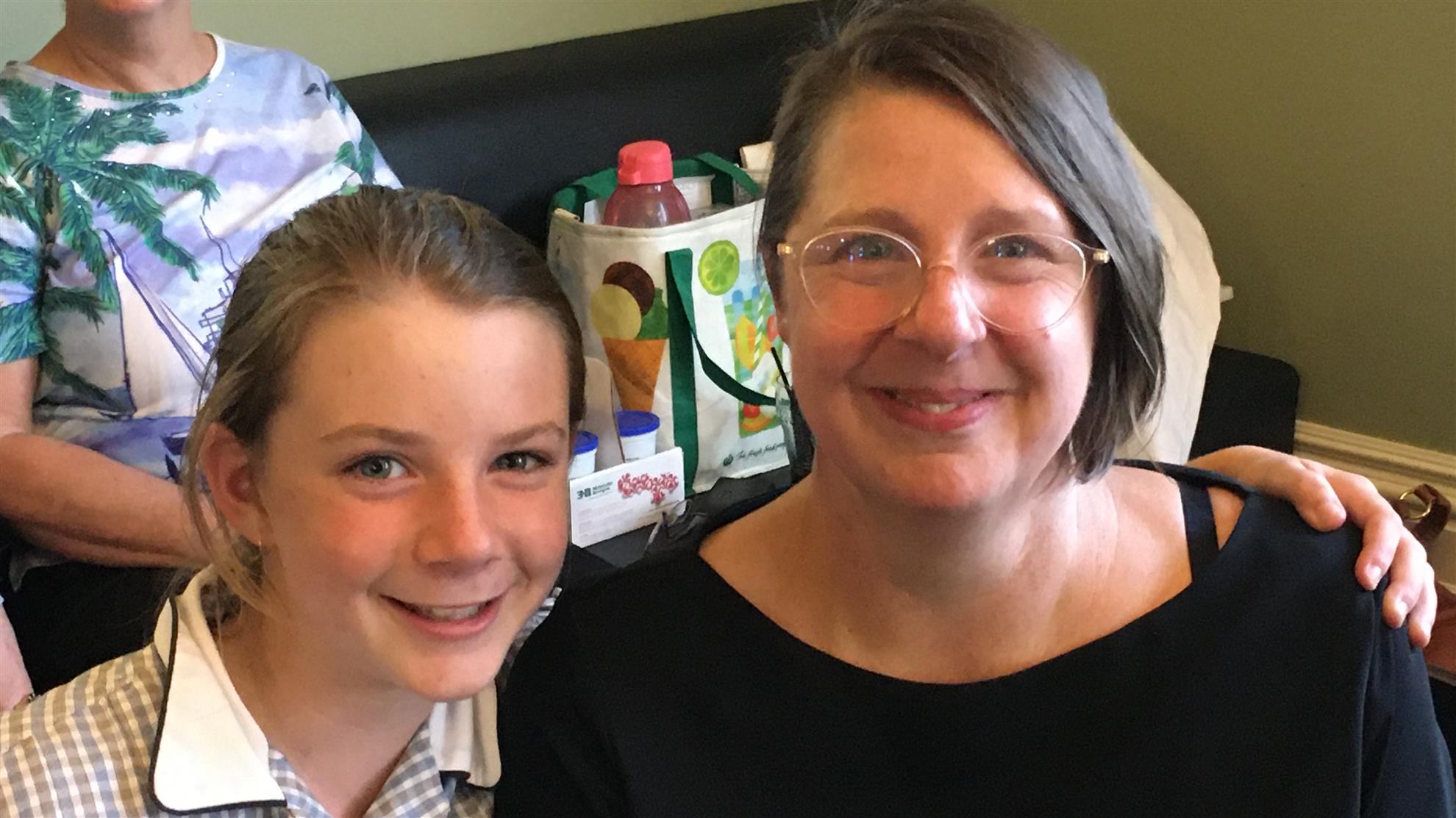 On Thursday, March 19th, around 30 members and partners ventured to the Bull and Mouth Hotel to hear Carolyn Bartholomeusz from the Go Goldfields organization provide us with a comprehensive and balanced account of the current work of the group in Maryborough. Carolyn attended the meeting with her daughter, Audrey.
On Thursday, March 19th, around 30 members and partners ventured to the Bull and Mouth Hotel to hear Carolyn Bartholomeusz from the Go Goldfields organization provide us with a comprehensive and balanced account of the current work of the group in Maryborough. Carolyn attended the meeting with her daughter, Audrey. Carolyn explained that during the Covid lockdowns, Go Goldfields members did some self reflection and concluded that they might be spreading their resources to thinly. Now, they've decided to put their energies into the development of very young brains - particularly the first 8 years of life - with five key areas of focus:
Carolyn explained that during the Covid lockdowns, Go Goldfields members did some self reflection and concluded that they might be spreading their resources to thinly. Now, they've decided to put their energies into the development of very young brains - particularly the first 8 years of life - with five key areas of focus:1. Healthy Pregnancies
2. Confident and Connected new Parents
3. Safe and Secure Children
4. Valued Early Years Education
5. A Great Start To School
She added that current research has shown that the best way to make a real difference in areas of need is to "stack interventions together" and go hard at the problem in the early years.
Carloyn was pleased to report that the "Nest" program which had been running before covid is now ready to resume its support to young parents and has moved its location to the office opposite the Library in the Council Building.
Asked how Rotary can help, Carolyn said the group is very open to suggestions, but that the issue of literacy for young minds is certainly very important, and that the group would really welcome Rotary support.
Carolyn was also asked about the role of the #SayNO program going forward, and she said the "Safe and Secure Children" focus is where this fits in, but that the new Victorian Government "Orange Door" initiative is changing the way things are done in the Family Violence area. The Orange Door is an attempt at bringing all related organizations together so they are working on the same page, and so that victims of family abuse have just one door to go to to report their situation and find support.
Carolyn left us with a sobering statistic that the Central Goldfields Shire has recently reported twice the number of "vulnerable children" per year level compared to the state average - in practice that has meant 27 children at one year level are considered to be "at risk".